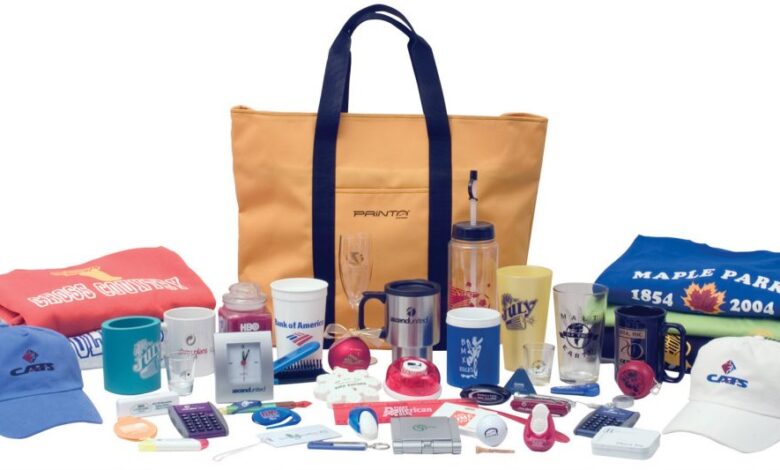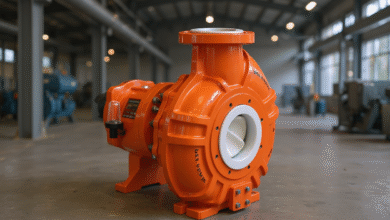Start Small, Brand Big: Low Minimum Order Merchandise for Start-Ups and SMEs

Table of Contents
1. Introduction
2. Understanding the Importance of Branding
3. The Benefits of Low Minimum Order Merchandise
4. Selecting the Right Merchandise
5. Strategies for Effective Branding
6. Case Studies: Success Stories of Start-Ups and SMEs
7. How Totally Branded Can Help Your Business
8. Marketing Your Merchandise
9. Building a Sustainable Brand
10. Future Trends in Merchandise for Start-Ups and SMEs
Introduction
In a competitive marketplace, start-ups and small to medium enterprises (SMEs) often face unique challenges when it comes to establishing their brand identities. One effective way to enhance brand visibility is through merchandise. However, traditional merchandising practices often require large minimum order quantities, which can be daunting for businesses with limited budgets. This is where the concept of low minimum order merchandise becomes invaluable. By allowing companies to start small, they can gradually increase their brand presence without significant financial risk.
Understanding the Importance of Branding
Branding is more than just a logo or a catchy slogan; it encapsulates the essence of what a business stands for and how it is perceived by consumers. Effective branding creates an emotional connection with customers, fostering loyalty and trust.
1. Identity Creation: A strong brand identity helps differentiate your products in a crowded market.
2. Customer Loyalty: Customers are more likely to return to brands they recognize and trust.
3. Market Positioning: Successful branding positions your business favorably against competitors.
Investing in quality branding from the outset can set the foundation for long-term success, making low minimum order merchandise an ideal strategy for start-ups and SMEs looking to solidify their brand identity.
The Benefits of Low Minimum Order Merchandise
Low minimum order merchandise offers several advantages that are particularly beneficial for start-ups and SMEs:
1. Cost Efficiency: Lower initial investment allows businesses to allocate funds to other critical areas such as marketing and product development.
2. Market Testing: It provides an opportunity to test different products and designs before committing to larger orders, reducing the risk of overstocking unsold items.
3. Flexibility: Businesses can quickly adapt to changing market trends by ordering smaller quantities based on current consumer demand.
4. Reduced Risk: With less financial commitment upfront, companies can pivot or discontinue products without significant losses.
This model empowers businesses to experiment with their offerings while still building a cohesive brand image.
Selecting the Right Merchandise
Choosing appropriate merchandise is crucial in ensuring that it resonates with your target audience and reflects your brand values. Consider these steps when selecting merchandise:
1. Understand Your Audience: Conduct market research to identify what types of products appeal most to your target demographic.
2. Align with Brand Values: Ensure that the merchandise you choose reflects your company’s mission and values.
3. Quality Over Quantity: Focus on offering high-quality items that enhance your brand image rather than cheap alternatives that may tarnish it.
4. Trendy vs Timeless: Balance trendy items that may have short-term appeal with timeless products that provide lasting value.
By following these guidelines, you can create a merchandise line that not only represents your brand effectively but also meets customer expectations.
Strategies for Effective Branding
To maximize impact through low minimum order merchandise, consider implementing the following strategies:
1. Consistent Messaging: Ensure all merchandise reflects a unified message that aligns with your overall branding efforts.
2. Visual Appeal: Invest in attractive designs that capture attention and encourage purchases.
3. Social Media Integration: Utilize platforms like Instagram and Facebook to showcase merchandise visually, creating buzz around new items.
4. Influencer Partnerships: Collaborate with influencers within your niche who can promote your branded merchandise to their audiences.
These strategies will not only enhance your branding efforts but also drive sales through increased visibility.
Case Studies: Success Stories of Start-Ups and SMEs
Examining successful case studies can offer valuable insights into how low minimum order merchandise has benefited other businesses:
1. Eco-Friendly Clothing Brand: A start-up focused on sustainable fashion began by offering a limited range of organic cotton t-shirts with eye-catching designs. By ordering small quantities, they quickly identified which styles resonated most with customers before expanding their range.
2. Tech Accessories Company: An SME specializing in phone accessories started by selling custom phone cases in low quantities online, allowing them to gauge customer preferences without risking large investments in inventory.
These examples illustrate how businesses can leverage low minimum order merchandise not only to build their brands but also to create responsive product lines based on customer feedback.
How Totally Branded Can Help Your Business
Totally Branded specializes in providing low minimum order solutions tailored for start-ups and SMEs seeking to establish their brands through effective merchandising strategies.
1. Diverse Product Range: Totally Branded offers an extensive selection of customizable merchandise options, allowing businesses to find products that align perfectly with their branding goals.
2. Design Support: Their team provides assistance in creating visually appealing designs that resonate with target audiences.
3. Flexible Ordering Options: With low minimum orders available, companies can manage inventory risks while still offering a wide variety of products.
By partnering with Totally Branded, start-ups can confidently navigate the complexities of branding while focusing on growth.
Marketing Your Merchandise
Once you have your branded merchandise ready, effective marketing is essential for driving sales and increasing brand awareness:
1. Online Promotions: Utilize email marketing campaigns and social media advertisements showcasing new arrivals or special offers on merchandise.
2. Pop-Up Shops: Consider organizing local pop-up events where customers can engage directly with your products while fostering community connections.
3. Collaborative Marketing Efforts: Partnering with other local businesses or entrepreneurs can help expand reach through shared promotions.
By employing these marketing tactics, you can create excitement around your merchandise while enhancing overall brand visibility.
Building a Sustainable Brand
Sustainability is becoming increasingly important for consumers today, particularly among younger demographics who prioritize eco-conscious choices:
1. Eco-Friendly Materials: Opt for sustainable materials in your merchandise production whenever possible to attract environmentally conscious consumers.
2. Responsible Sourcing: Ensure that your supply chain practices ethical sourcing methods that align with sustainability goals.
3. Community Engagement: Participate in local initiatives or sponsor events that promote sustainability, further solidifying your commitment as a socially responsible brand.
Building a sustainable brand creates lasting relationships with consumers who value ethical practices alongside quality products.
Future Trends in Merchandise for Start-Ups and SMEs
As consumer preferences continue to evolve, staying ahead of trends will be crucial for maintaining relevance in the marketplace:
1. Personalization: Customized products are increasingly sought after; offering personalization options can enhance customer engagement.
2. Tech Integration: Incorporating technology into merchandise, such as QR codes linking to digital content or augmented reality experiences, can provide added value.
3. Limited Editions: Creating exclusive or limited-edition items generates urgency and encourages quick purchase decisions from consumers.
Keeping an eye on these trends will position start-ups and SMEs favorably within competitive industries while ensuring they meet consumer demands effectively.
In summary, embracing low minimum order merchandise serves as an excellent strategy for start-ups and SMEs looking to grow their brand presence without incurring excessive costs or risks associated with traditional merchandising practices. By carefully selecting products, employing effective branding strategies, utilizing support from companies like Totally Branded, and remaining mindful of future market trends, businesses can successfully carve out their niche in the marketplace while fostering strong connections with their customer base through thoughtful merchandising initiatives.




